Starting trading is exciting and challenging. With countless options and complex jargon, it’s easy for a beginner to feel overwhelmed. Understanding the fundamentals of financial markets is crucial, and this article will simplify everything.
Our guide on the financial market for beginners provides the necessary tools and knowledge to take your first steps in trading. By the end of this article, you’ll have a clear picture of financial markets and how they can open doors to endless opportunities.
The Concept of Financial Markets
Financial markets are platforms where buyers and sellers trade financial assets. They play a vital role in the global economy by ensuring liquidity and facilitating the price discovery for various assets. They link investors and companies, enabling firms to secure capital and individuals to increase their wealth.
These include:
- Stocks: Represent company ownership (e.g., Tesla, Apple, Nvidia, Coinbase).
- Bonds: Tradable debt securities issued by entities.
- Commodities: Raw materials like gold or oil.
- Forex (Foreign Exchange): Currencies such as the Euro/USD or GBP/USD pairs.
- Cryptocurrency: Digital assets like Bitcoin or Ethereum.
Having the opportunity to choose between Stocks, Commodities, Forex, or Crypto gives an edge to everyone who aspires to be a trader. We have a variety of markets that can fit our preferences, facilitating decision-making and allowing us to seize opportunities across multiple assets.
Stocks Trading for Beginners
Stocks are traded on exchanges like the New York Stock Exchange (NYSE) or the London Stock Exchange (LSE).
Stock trading allows investors to participate in a company’s growth. By buying shares, traders gain partial ownership and can profit through capital gains or dividends. Understanding market trends, financial statements, and macroeconomic factors is vital to identify profitable stock trading opportunities.
Key points to know about the Stock Market:
- Trading Hours (NYSE): Pre-Market (4:00 a.m. to 9:30 a.m. EST), Market Open (9:30 a.m. to 4:00 p.m. EST) and Post-Market (4:00 p.m. to 8:00 p.m. EST)
- Types of Trading: there are 3 different types of trading styles known as Day Trading, Swing Trading and Scalp Trading:
Day trading Capitalise on intraday price movements.
Swing Trading: Hold trades for days or weeks.
Scalp Trading: Focuses on very short-term trades, sometimes lasting seconds. - Key Tools: Use volume analysis, supply and demand zones and market structure to guide your decisions.
Stocks provide an accessible entry point for new traders to learn how to buy and sell assets.
Bond Trading for Beginners
Bonds are tradable debt securities, often influenced by interest rate movements. They are considered a more stable investment than stocks, offering investors fixed income. Bonds are widely used for portfolio diversification and risk management.
There are two main bond markets:
- Primary Market: Where bonds are issued and sold directly to investors.
- Secondary Market: Where existing bonds are traded among investors.
Strategies for Trading Bonds
The strategies often focus on leveraging interest rate movements to predict market behaviour. One common approach is interest rate speculation, where traders aim to profit from bond price fluctuations driven by interest rate changes. Another strategy is yield curve analysis, which involves understanding how interest rates vary with different bond maturities.
Key Indicators: Monitor economic data, interest rates, and credit ratings.
As traders, we can predict market trends and optimise our strategies based on interest rate changes and their impact on bond prices. Bonds offer a practical way for beginners to explore financial markets and understand fixed-income securities and their role in investment portfolios.
Trading Commodities for Beginners
Commodities are raw materials traded on spot or futures markets. Popular examples include gold and oil. We can find 3 different options to start trading commodities:
- Spot Market: Buy and hold the actual asset (e.g., gold in a vault).
- Futures Market: Agreements to buy or sell commodities at a set price in the future.
- Options: Contracts providing the right to trade commodities, but not the obligation.
Strategies for Trading Commodities
Two popular strategies can be employed when it comes to trading commodities.
- Spread trading: traders aim to profit by taking advantage of price differences for the same commodity across different exchanges.
- Futures trading: allows for lower fees and flexible trading options. This is a cost-effective choice for traders looking to speculate or hedge against price fluctuations in the commodities market.
Forex Trading For Beginners
The Forex market is the largest financial market globally. Forex trading allows participants to speculate on currency movements and hedge against inflation or geopolitical instability risks. The decentralised nature of this market ensures continuous trading opportunities, making it attractive to retail and institutional investors.
Key Considerations for Forex Trading
- Sessions: London, New York, and Tokyo sessions drive trading volume and volatility.
- New York sessions often see the highest trading volume.
- Trading Strategies: Focus on technical analysis, economic indicators, and central bank policies.
- Volatility varies between sessions, so adjust your strategies accordingly.
Understanding global economic events and monetary policies is critical for success in Forex trading. It offers the chance to engage in a highly liquid and dynamic environment.
Cryptocurrency Trading For Beginners
Cryptocurrencies are digital assets based on blockchain technology, with Bitcoin, Ripple and Ethereum being some of the most popular examples. Unlike traditional markets, cryptocurrency trading operates 24/7, providing constant opportunities for traders.
- Trading Platforms: Cryptocurrencies are traded on specialised exchanges such as Bybit, Binance, Coinbase, or Kraken, which are the most well-known. Other well-known trading platforms in the community are BingX and Phemex.
- Futures Trading (Derivatives): Speculating on the future price of a cryptocurrency without owning the asset and using crypto as collateral to open new positions.
- Staking and Yield Farming: Earning passive income by participating in network operations or liquidity pools.
Conclusions
Financial markets offer a variety of instruments and assets to trade, catering to every personality type and time zone. Each market type provides opportunities for significant profits, but success requires a deep understanding of market dynamics and strategies. Building this knowledge takes time, but it is worth every second.
This guide provides the foundation you need to navigate the financial markets confidently. It breaks down these concepts and shares insights from years of trading experience. We will review the software and hardware requirements in the next part of this series.
Stay tuned, and Happy Trading!











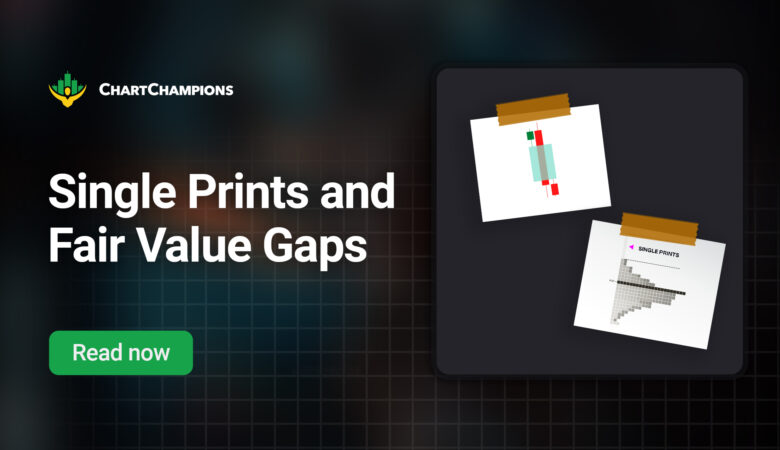
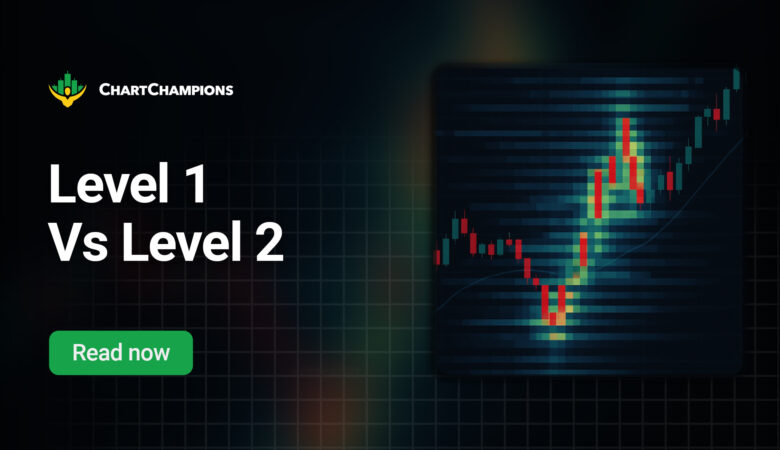
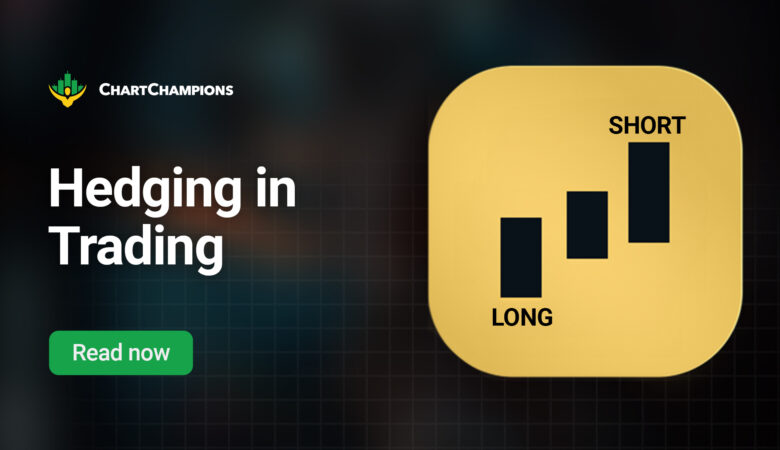
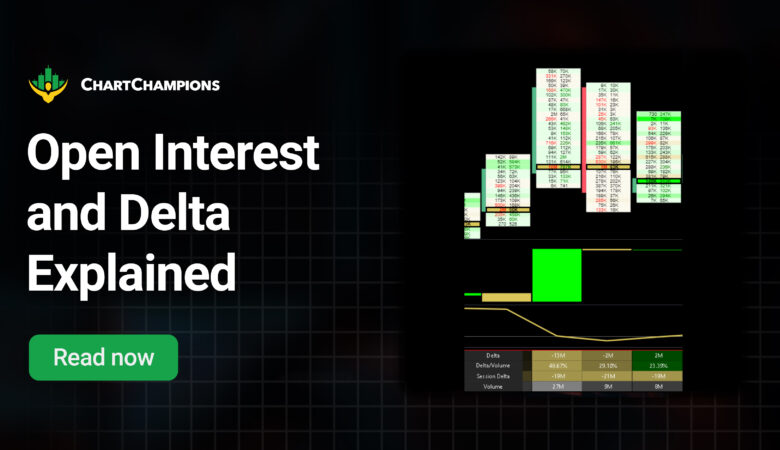

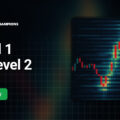
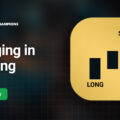
Leave a Reply